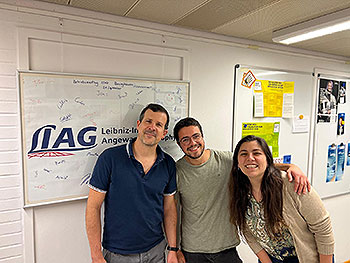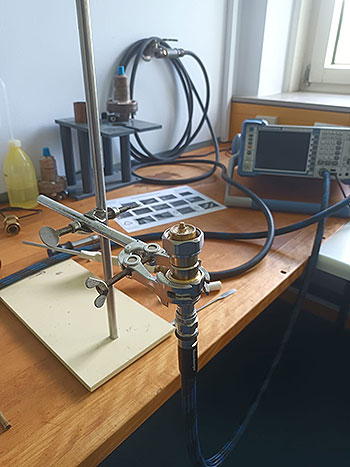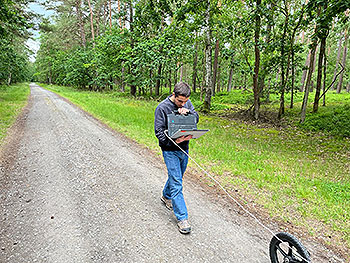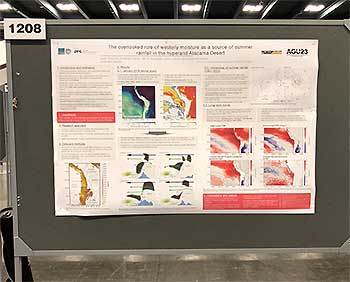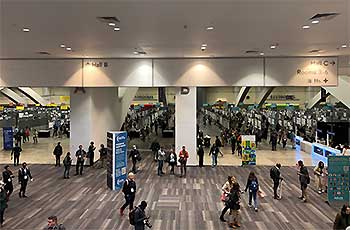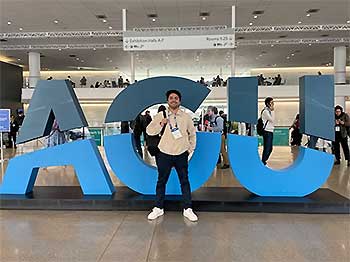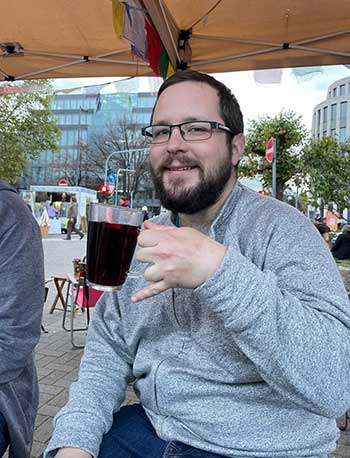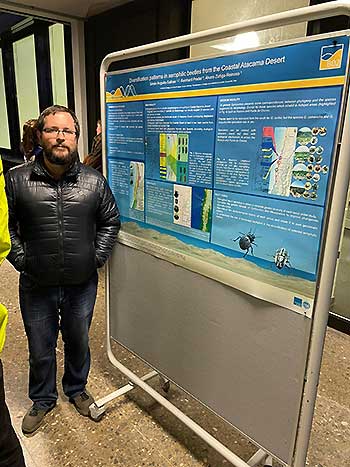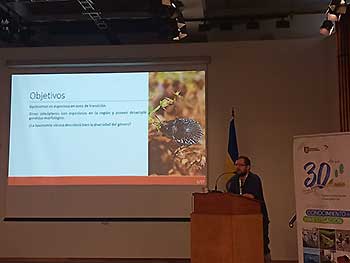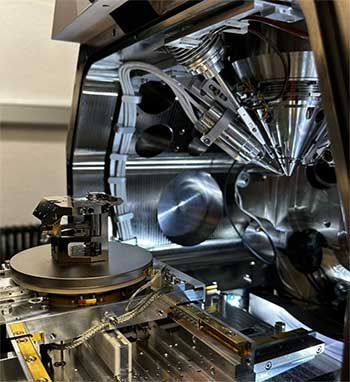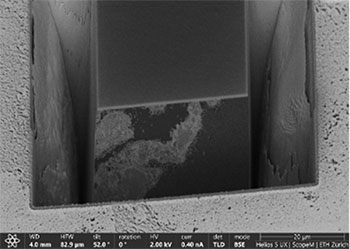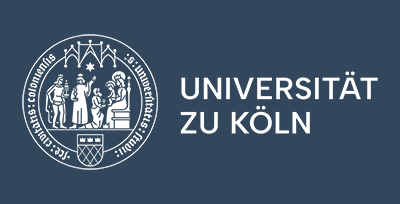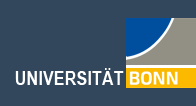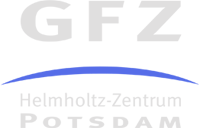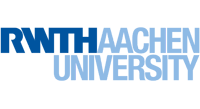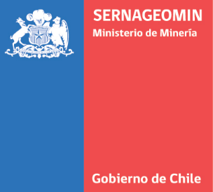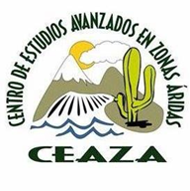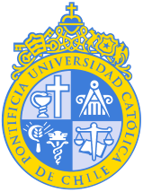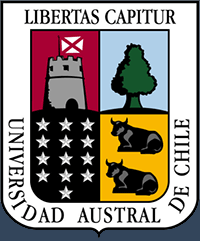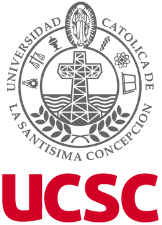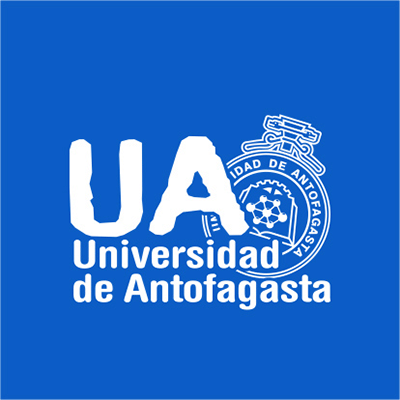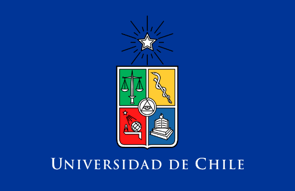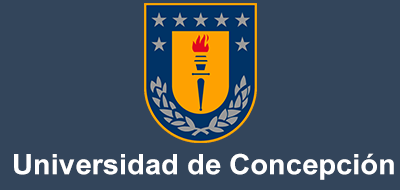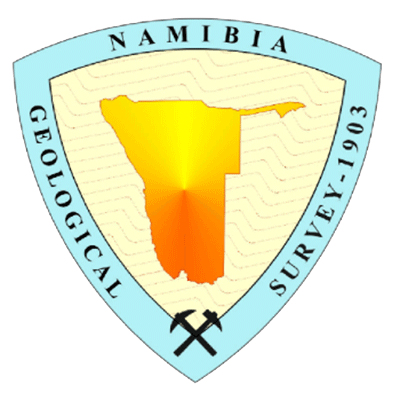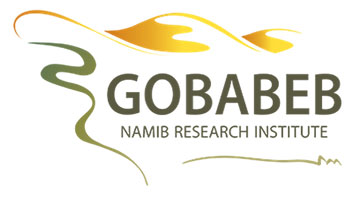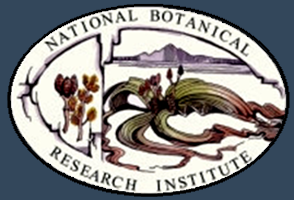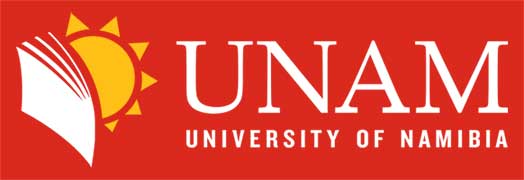IRTG Travel Grant holder Pablo Schwarze reports about his stay in Cologne in spring 2024
Thanks to the IRTG fellowship granted by the CRC1211 I was able to travel and stay in Germany during May and June, allowing me to learn about the processing of geophysical data, such as measurements from ground-penetrating radar (GPR) and electromagnetic induction (EMI). This was fundamental for my Master’s thesis in geophysics, as the aforementioned methods are not applied in the University of Chile.
During my stay in Cologne, I met with Dr. Bárbara Blanco and Dr. Pritam Yogeshwar, with whom I had valuable discussions about my thesis. While in the University of Cologne I learnt about the processing steps of EMI, and presented my work in a talk for the Geophysics and Meteorology Institute. This was an excellent experience, after which I had great feedback from Prof. Dr. Bülent Tezkan and Prof. Dr. Anja Klotzsche.
|
|
I also travelled to Hannover, for an internship in the LIAG Institute for Applied Geophysics, where Dr. Jan Igel guided me through the processing steps of GPR data, a core aspect of my thesis. In the institute, I witnessed the work of the Geoelectrics and Electromagnetics section, and learnt and applied laboratory methods, such as dielectrical spectroscopy, which again, are of great importance for my work.
|
|
Overall this was a wonderful experience in which I visited a new country, met new people, and that gave me new tools to approach geophysical problems. Now back in Chile, I am eager to apply and share with my peers this newly acquired knowledge.
Text: Pablo Schwarze
|
|



